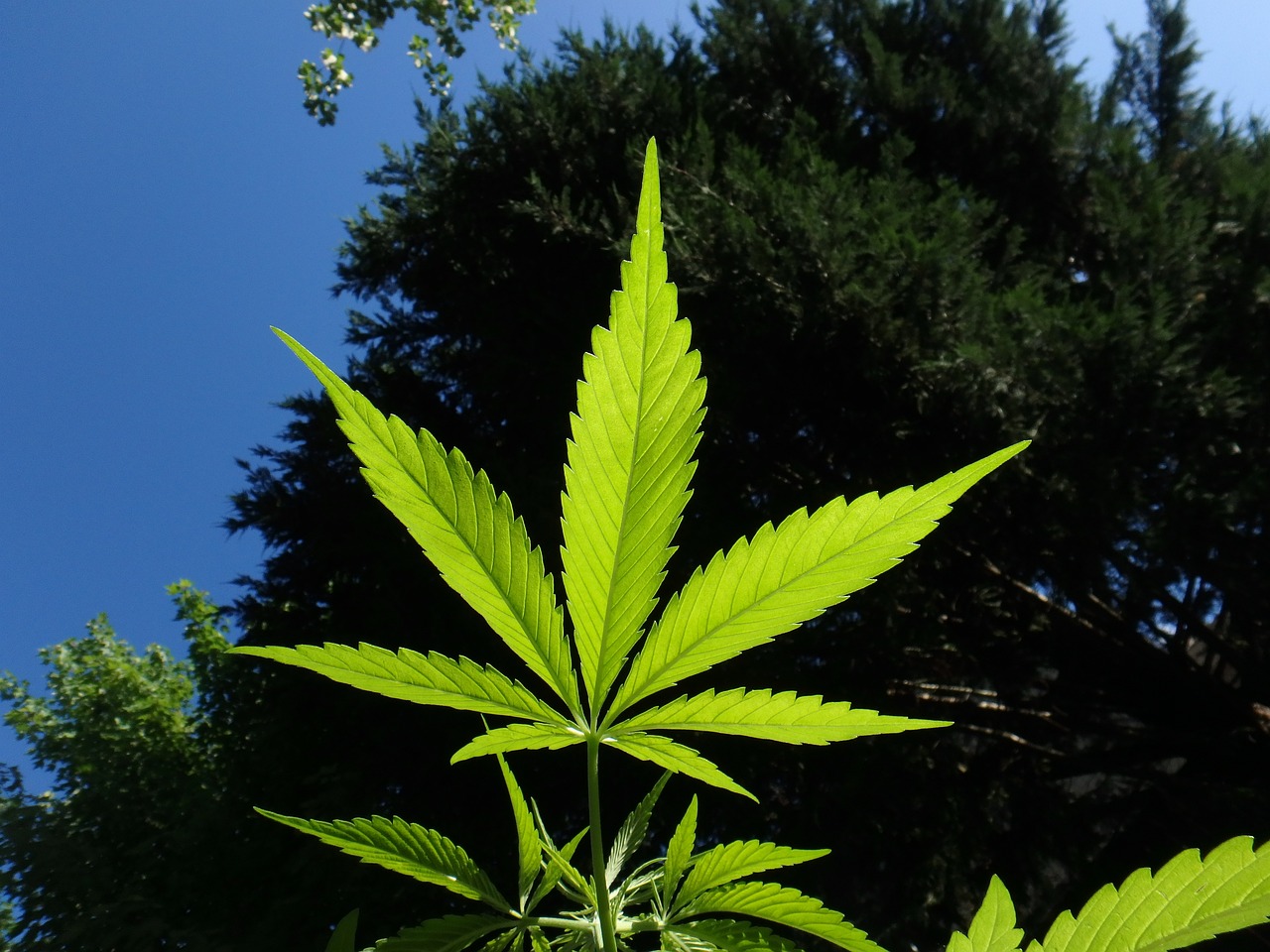Cannabis, a fascinating and versatile plant, has garnered immense attention for its various properties and uses. While many aspects of this plant are well-documented, one question often piques curiosity: “Which cannabis plant is the tallest?” In this comprehensive article, we delve into the world of towering cannabis plants, exploring the factors that contribute to their impressive stature. We’ll also address frequently asked questions, shedding light on this intriguing aspect of cannabis cultivation.

The Tall Titans of Cannabis
When it comes to cannabis, height can vary significantly from one plant to another. However, some cannabis strains are renowned for their towering growth, and we’ll take a closer look at them in this section.
Understanding Sativa Dominance
Sativa: The Tall Wonder
Sativa-dominant cannabis strains are known for their remarkable height. These plants can reach towering heights of up to 20 feet or more in ideal conditions. Their elongated leaves and slender structure contribute to their impressive stature. Sativa strains thrive in warm climates with long growing seasons, making them a popular choice for outdoor cultivation.
Exploring Indica Strains
Indica: Short and Stout
In contrast to sativa strains, indica-dominant cannabis plants are generally shorter and more compact. They typically range from 2 to 6 feet in height. Indica strains are known for their bushy appearance, broader leaves, and dense buds. They are well-suited for indoor cultivation and thrive in cooler climates.
Hybrid Varieties
Hybrids: Striking a Balance
Hybrid cannabis strains combine the genetics of both sativa and indica plants. As a result, their height can vary widely depending on the specific hybrid’s genetic makeup. Some hybrids lean more towards the sativa side, exhibiting taller growth, while others take after indica, remaining shorter and stockier.
Factors Influencing Height
Several factors come into play when determining the height of a cannabis plant. Let’s explore these variables in detail.
Genetics
Genetics play a crucial role in determining a cannabis plant’s height. If a strain has a genetic predisposition towards sativa dominance, it is more likely to grow tall. Conversely, indica-dominant strains tend to be shorter due to their genetic makeup.
Environmental Conditions
Environmental factors, such as light, temperature, and humidity, significantly impact a cannabis plant’s growth. Sativa strains thrive in regions with abundant sunlight and a warm climate. In contrast, indica strains are more adaptable to cooler temperatures and can handle shorter daylight periods.
Nutrient Levels
The nutrients a cannabis plant receives throughout its life cycle influence its growth. Adequate levels of essential nutrients, including nitrogen, phosphorus, and potassium, are crucial for healthy and robust growth. Sativa strains, with their towering aspirations, often require more nutrients to sustain their height.
Pruning and Training
Growers can manipulate a cannabis plant’s growth through pruning and training techniques. These methods involve trimming or bending branches to encourage upward growth or bushier development. Sativa strains benefit from pruning to control their height and maximize light exposure to lower branches.
Which Cannabis Plant Is the Tallest?
Among the vast array of cannabis strains, one stands out as the tallest: “Nevil’s Haze.” This legendary sativa-dominant strain is renowned for its extraordinary height, often reaching up to 20 feet when cultivated outdoors in optimal conditions. With its slender frame and elongated branches, Nevil’s Haze truly exemplifies the epitome of towering cannabis plants.
FAQs: Your Burning Questions Answered
Can I grow a tall cannabis plant indoors?
Yes, you can grow tall cannabis plants indoors by selecting sativa-dominant strains and providing them with adequate light and space. Additionally, employing training techniques can help manage their height.

Do taller cannabis plants produce more buds?
Taller cannabis plants have the potential to produce more buds due to their increased canopy size. However, bud production also depends on genetics, nutrient availability, and environmental conditions.
Are there any legal restrictions on growing tall cannabis plants?
The legality of growing tall cannabis plants varies by region and country. It’s essential to research and comply with local laws and regulations regarding cannabis cultivation.
How long does it take for a cannabis plant to reach its maximum height?
The time it takes for a cannabis plant to reach its maximum height depends on the strain, environmental conditions, and care provided. Typically, sativa-dominant strains take longer to reach their full height compared to indicas.
Can I control the height of my cannabis plants?
Yes, you can control the height of your cannabis plants through various techniques such as pruning, topping, and low-stress training (LST). These methods help shape the plant and manage its height.
What are the advantages of growing tall cannabis plants?
Tall cannabis plants offer advantages such as increased bud production, better light penetration for lower branches, and a visually striking garden. However, they require more space and care compared to shorter varieties.
Conclusion
In the world of cannabis cultivation, the question of which cannabis plant is the tallest has an intriguing answer: Nevil’s Haze, a sativa-dominant giant that can reach impressive heights. While genetics play a significant role in determining a plant’s stature, environmental factors, nutrients, and cultivation techniques also contribute.
Whether you’re a seasoned cannabis enthusiast or a novice grower, understanding the factors influencing cannabis plant height can empower you to cultivate these remarkable plants successfully. As you embark on your cannabis growing journey, remember to respect local laws and regulations and make informed choices to achieve the desired height for your plants.
